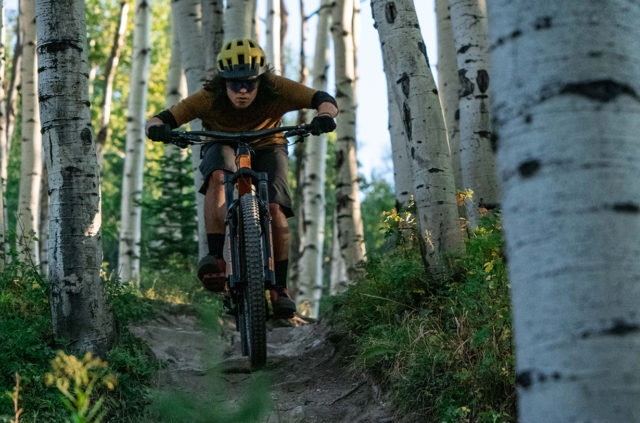TOPICS & TIMES:
- The new Trek Slash (1:34)
- Bike geometry (5:21)
- Pivot Switchblade (14:17)
- Rocky Mountain Instinct BC (19:11)
- Caveat for Gunnison Valley Riding & Testing (21:34)
- Closing Thoughts (23:27)
Today, Trek officially released an update of their enduro-focused Slash, so we offer our initial impressions of the new bike and ask what this big new release might be able to tell us about where we are in terms of the evolution of bike geometry. To this end, we also talk about a couple other examples, including the Pivot Switchblade and the Rocky Mountain Instinct BC.


Very well said. 10 years, ago, we were always looking for longer, slacker head angle, steeper seat tubes.
But that doesn’t mean that is always better, ever further in that direction.
I really do think we need to start, as you have, reviewing bikes from mutilple perspectives.
If your trails are not the wide open, sustained descents, the longest and slackest bike is not the most fun.
The next issue with geometry is how it’s effects differ for riders of different sizes. Short riders have historically had bikes with very short wheelbases, and overly front heavy weight distribution. So slacker is a big benefit to them, and they won’t reach the limits of “too slack” very soon.
But to long of reach on the other hand, realy hampers the amount of control you have over a bike, so the limit of “longer reach” has most likely been reached or even passed.
Tall riders have not had us much problems with high speed stabilty, as their wheel bases were always long. But effective seat angle is a huge problem, as is reach. We still need to go longer with the reach numbers for the biggest frame sizes, and not many bikes will be too steep in the seat angle once you raise the saddle way up.
However, longer wheel bases and longer front centers, are a real challenge on the biggest size bikes.
Of course the problem for reviewers is, not being able to compare a S and XL.